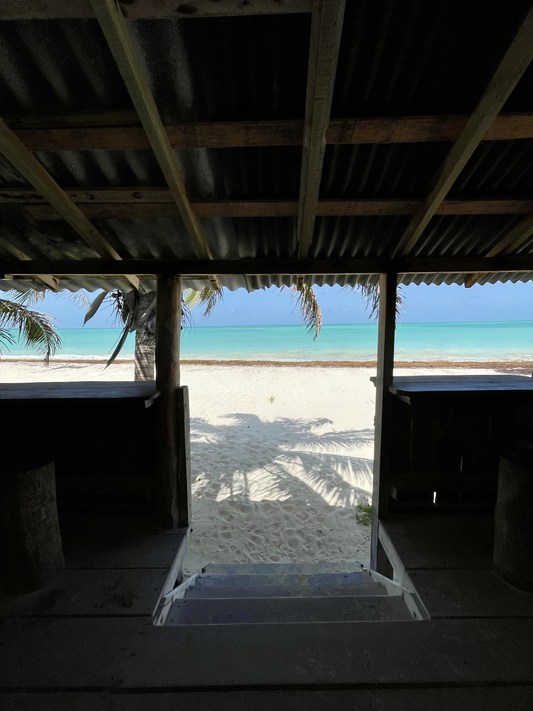
Hanal Pixan: The Ancient Maya Day of the Dead Tradition
Share
In the Maya community of Tres Reyes, Hanal Pixán, also known as the Maya Day of the Dead, is an ancestral tradition that honors the souls with offerings and deep rituals in Yucatec culture, reminding us that life doesn’t stop it simply changes form.
As a guide and traveler, I’ve had the privilege of witnessing different ways of celebrating life and death in Mexico. Everywhere I go, from the illuminated altars in Pátzcuaro to the “muerteadas” in Tlahuac or the unic Pomuch Cemetery, the familiar scent of copal and flowers, and that feeling that, for a moment, the limits between worlds dissolve, are always present.
But here, in the Maya jungle of Quintana Roo, the celebration carries a different beat. Tres Reyes is a small Maya community of just over six hundred people. Here, Hanal Pixán isn’t a tourist event, but a living practice that connects generations and keeps Maya culture alive.
How the Maya celebrate Hanal Pixan today?
Hanal Pixán literally means food of the souls (from hanal = food, pixán = soul) and it’s celebrated from October 31 to November 2. Each day holds a specific purpose: the first is dedicated to children, the second to adults, and the third to all souls returning to share the table with the living.
In some houses, a traditional Maya altar is prepared: photographs, candles, flowers, fruits, breads like "pan de muerto", and the mucbipollo, a large tamal made of corn and meat wrapped in banana leaves and cooked underground with embers. That act of opening the earth to cook is deeply symbolic: it’s an offering to the cycle of life and a testament to the bond between community and nature.

During the celebration, families work together. Children watch and help the elders, learning not just the recipes, but the meaning of belonging. In Tres Reyes, tradition is inherited by living.
Unlike some Western “Day of the Dead” celebrations, where the emphasis can be on spectacle and remembrance, Hanal Pixán is intimate and circular. Here, death is not absence, but continuity. The community doesn’t simply remember their departed: they live with them.
Regenerative tourism works like a living chain: the traveler arrives with respect, learns and is transformed; the community shares and strengthens; the environment is cared for and blooms. When this happens, we all win, because the experience stops being consumption and becomes an authentic cultural encounter.

These Maya rituals are more than traditions: they are the roots that sustain the identity of a community. If we don’t protect them, we risk losing a part of ourselves.
Because if there’s one thing I’ve learned as a guide, it’s that destinations may change… but traditions, when cared for, become eternal.
I first met Tres Reyes a few years ago, and since then I’ve understood what true luxury really means: the luxury of belonging. The luxury of sitting at a shared table, of listening to a story in the Maya language, of watching the fire being lit to cook the pib, that ancestral dish that honors those who came before us.
Because true luxury, for me, is found in these encounters, where culture doesn’t perform for you, but invites you to be part of it.
If you feel called to experience Hanal Pixán and connect with the Maya community of Tres Reyes, join us this October 31 2025 on a journey that honors tradition, culture, and the land itself.
Laura Malacara
CEO & Founder, Crossing Paths Mx
Sources:
“Yucatán – Culture – Hanal Pixán” (Yucatán.Travel) (Yucatán.Travel)
“Hanal Pixán – el festín de las almas en Yucatán” (viajaBonito.mx) (viajaBonito)
“Altar de Hanal Pixán en Yucatán: qué elementos lleva y su significado” (Yucatán.com.mx) (Diario de Yucatán)
“Hanal Pixán: how food plays a role” (Yucatán Magazine) (Yucatán Magazine)
Additional context on Maya tradition and practice (Gobierno de México)


